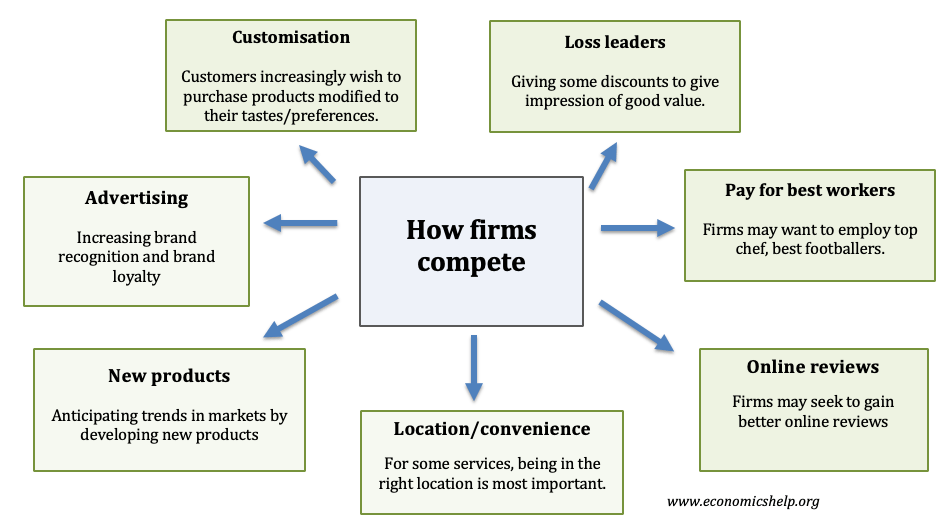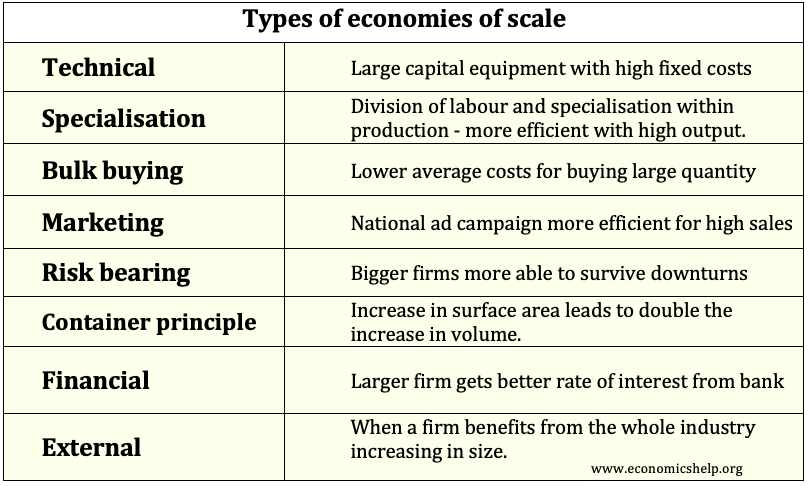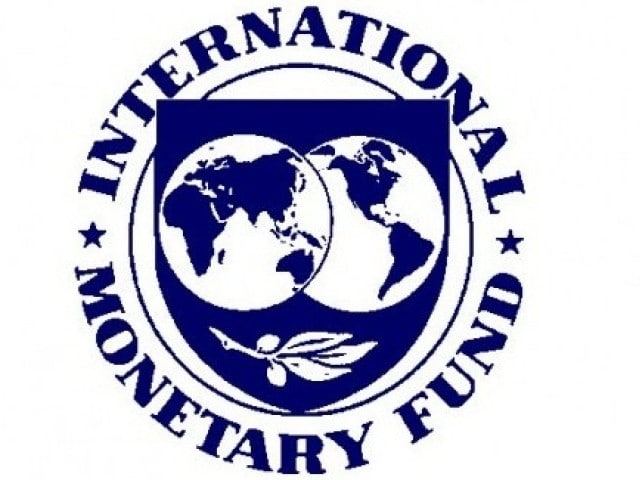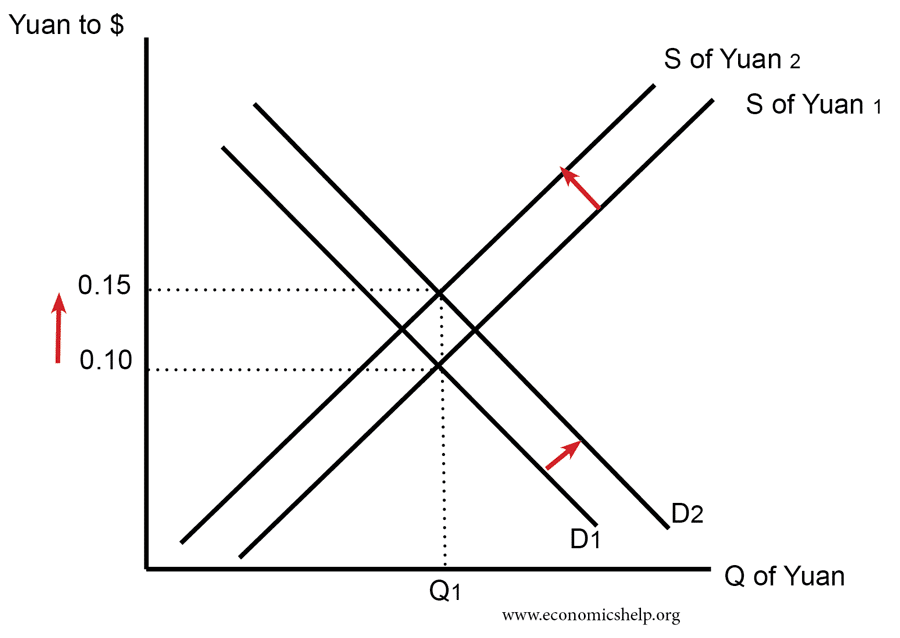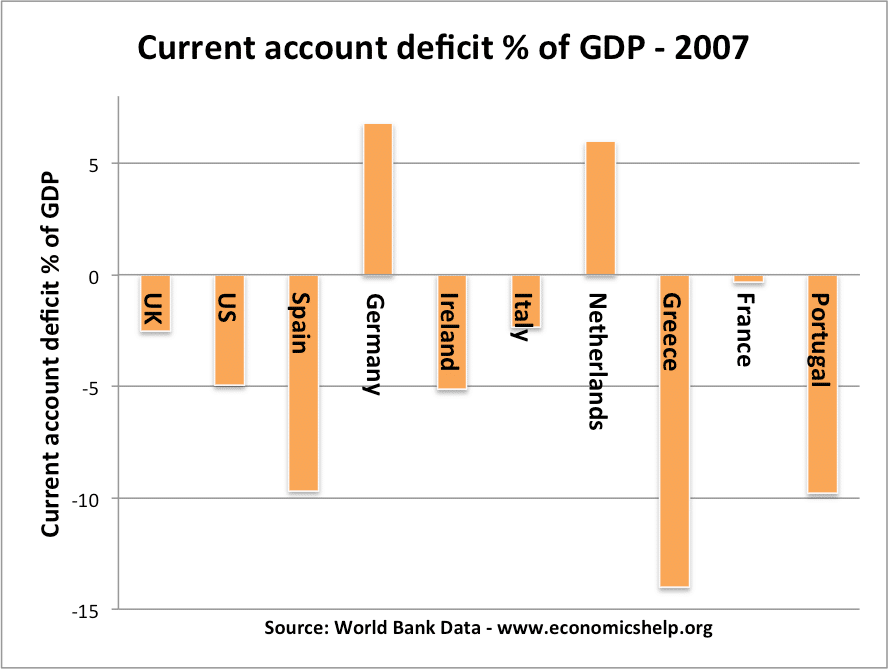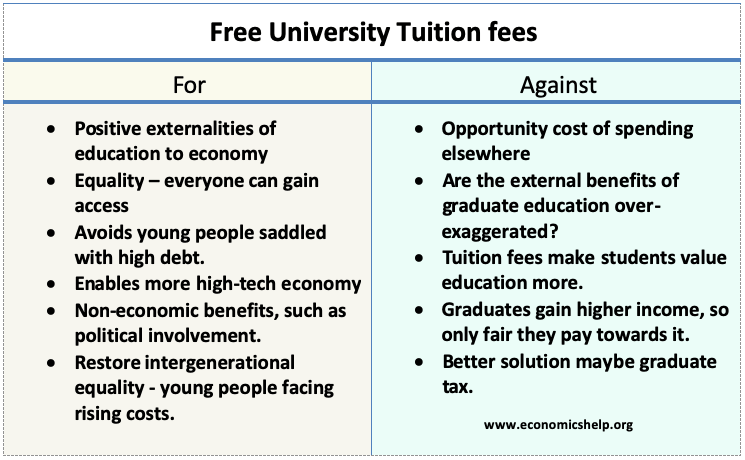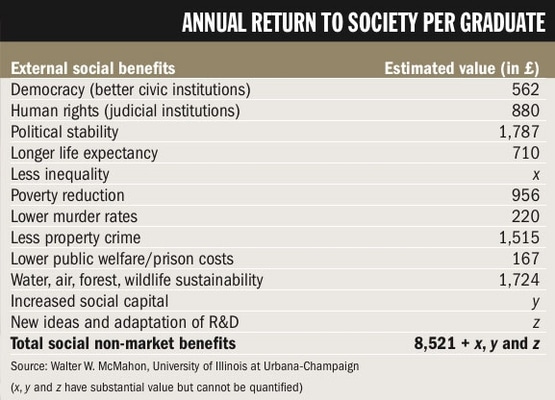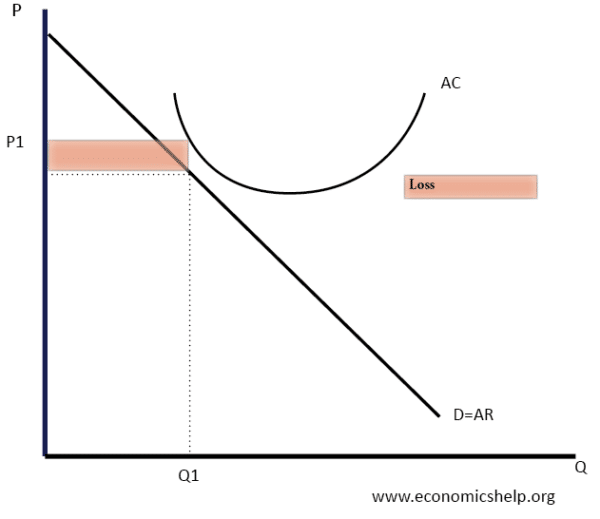Price discrimination occurs when firms sell the same good to different groups of consumers at different prices. There are often different types of price discrimination offered. Often they are categorised in the following way:
- 1st-degree price discrimination – charging the maximum price consumers are willing to pay.
- 2nd-degree price discrimination – charging different prices depending on the quantity or choices of the consumer. (Sometimes known as indirect price discrimination)
- 3rd-degree price discrimination – charging different prices depending on a particular market segment, e.g. age profile, income group, time of use. (Sometimes known as direct price discrimination.)
- 4th-degree price discrimination – when prices to consumers are same, but the producer faces different costs. Also known as reverse price discrimination.
- Premium pricing. In many examples of ‘price discrimination’ consumers are charged different prices for a similar good. In these examples, consumers pay a premium for a slightly more expensive option. For example, ‘premium unleaded petrol’ may cost the firm an extra 1p over standard unleaded, but the firm may sell this premium unleaded at 5p. This is not true price discrimination but uses the same principles – finding customers with more inelastic demand. Its use is widespread, such as first and standard class.
Examples of Price discrimination
1. Time of Purchase

This petrol station is offering cut-price fuel for two days a week. The petrol station isn’t even telling you which days have cut-price fuel. The logic is that only the most price-sensitive consumers will take the trouble to find out which two days have cut-price fuel and then drive to the petrol station on those days. This takes planning and only the most price elastic consumers will buy on these cut-price days. Most consumers will not take the trouble to visit the petrol station on those two days. They will continue to buy when most convenient.
It is also a clever marketing strategy because from a distance, it is advertising ‘cut-price fuel’ you only notice the ‘2 days a week’ on closer inspection. This is a type of third-degree price discrimination.
2. Airline travel and time of departure
Airlines charge different prices depending on the season and day of the week. During the peak holiday season in August and Easter, the price will be higher because demand is greater and more inelastic. Flights which occur during the week e.g. Mon to Fri will be more expensive because these are typically taken by business travellers. If you stay for over the weekend, the price will be lower, as business travellers will not want to stay over the weekend, just to get a cheaper flight. I often go to New York for a week in October. For a flight from Mon to Fri, the price quoted is usually around £1,500. If I change dates to leaving or arriving on the weekend, the price falls to £450.

